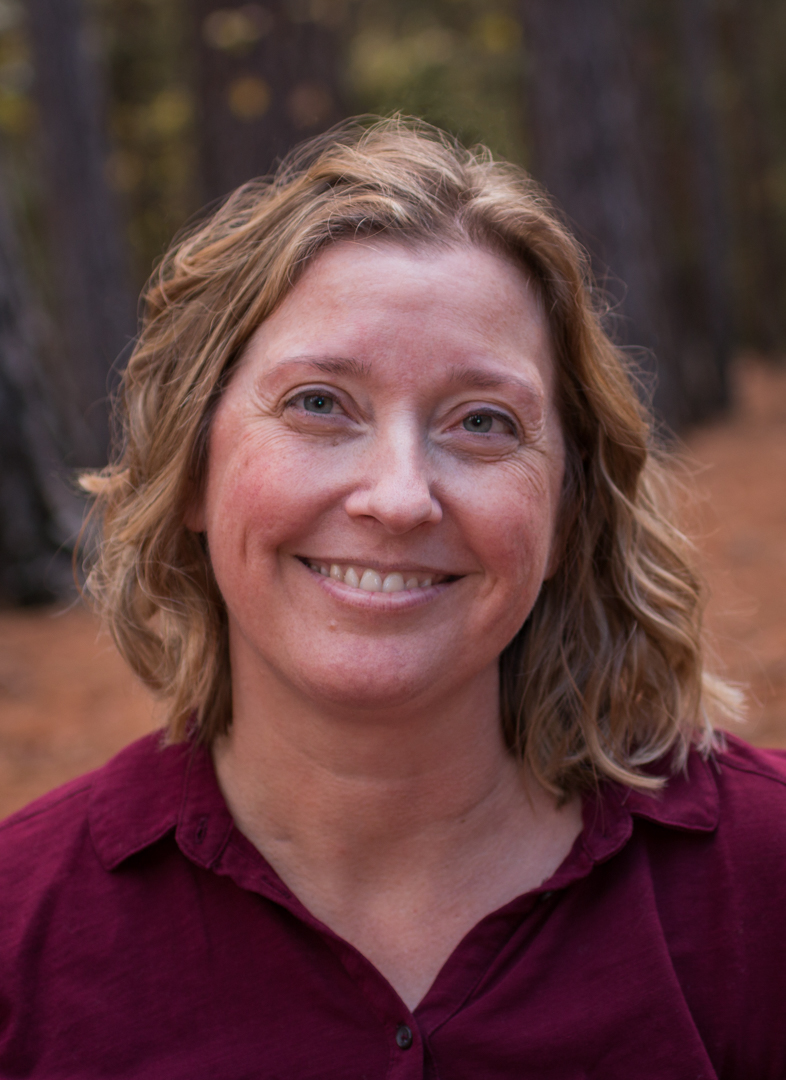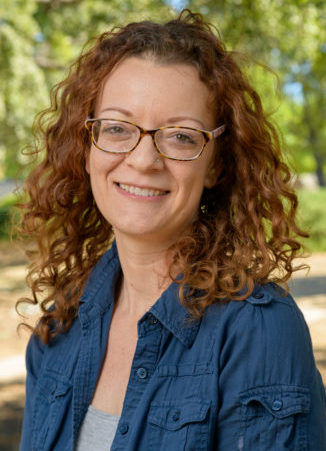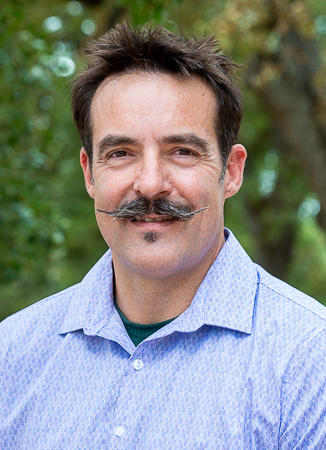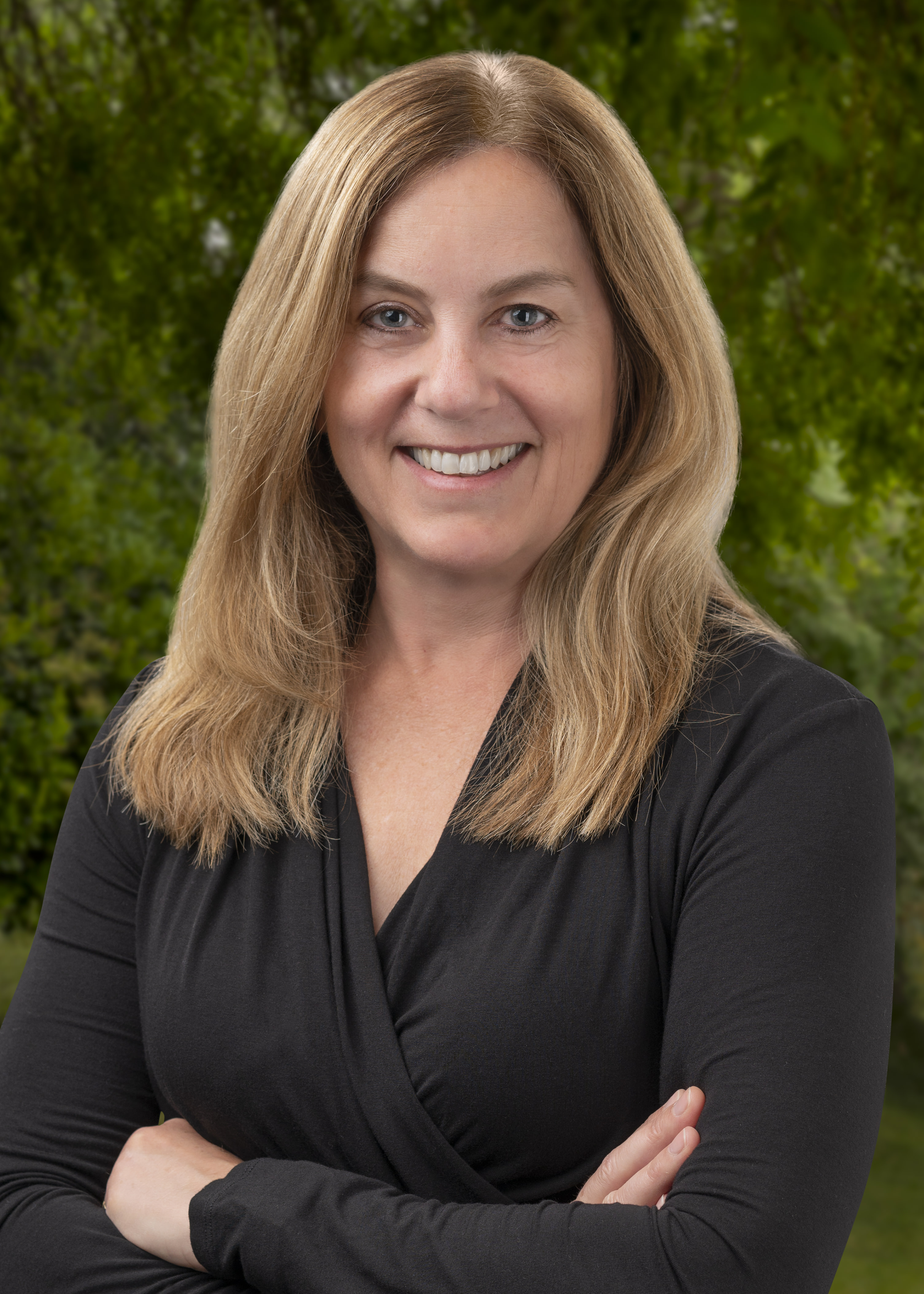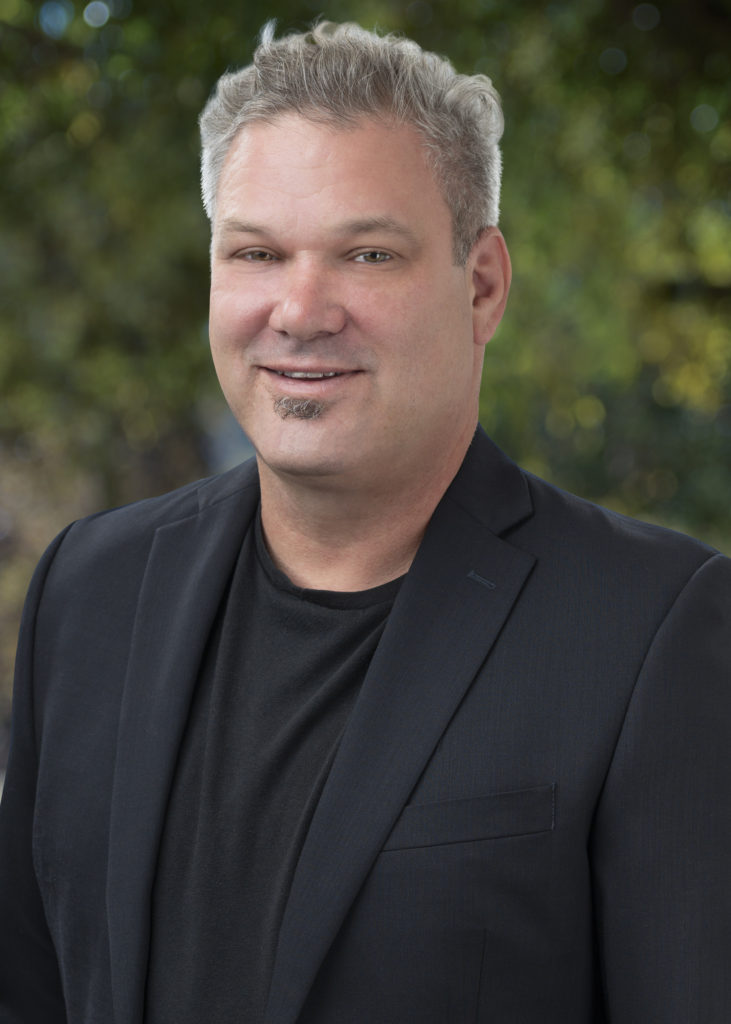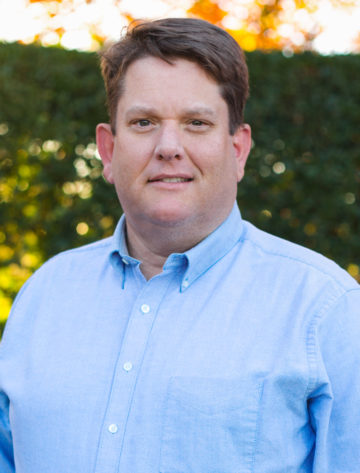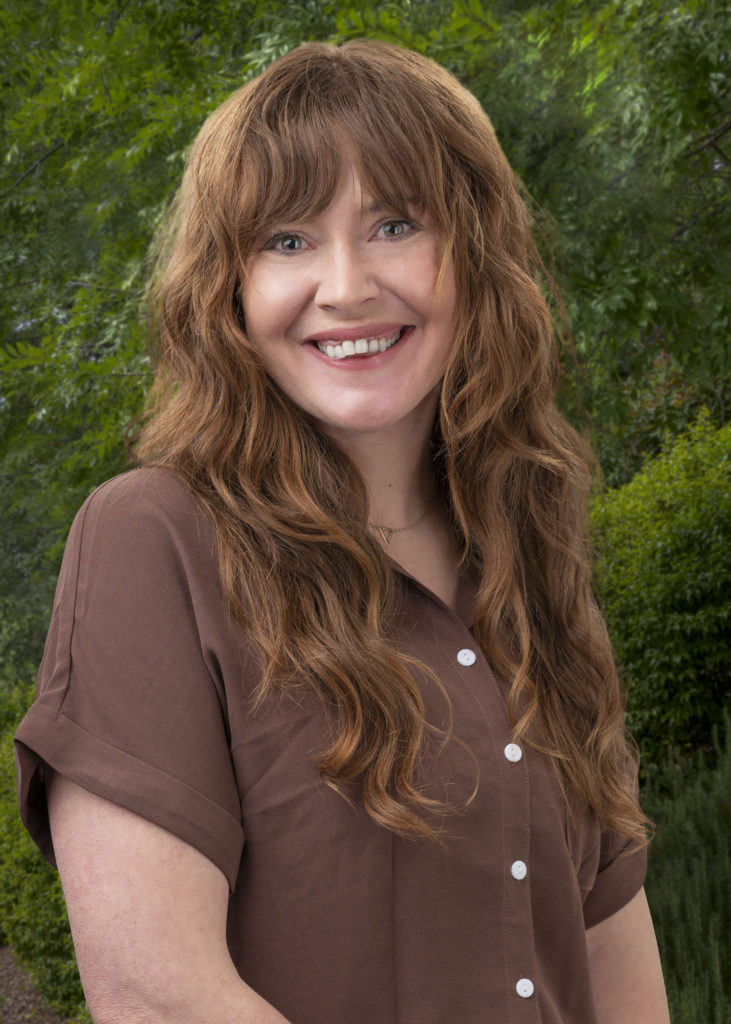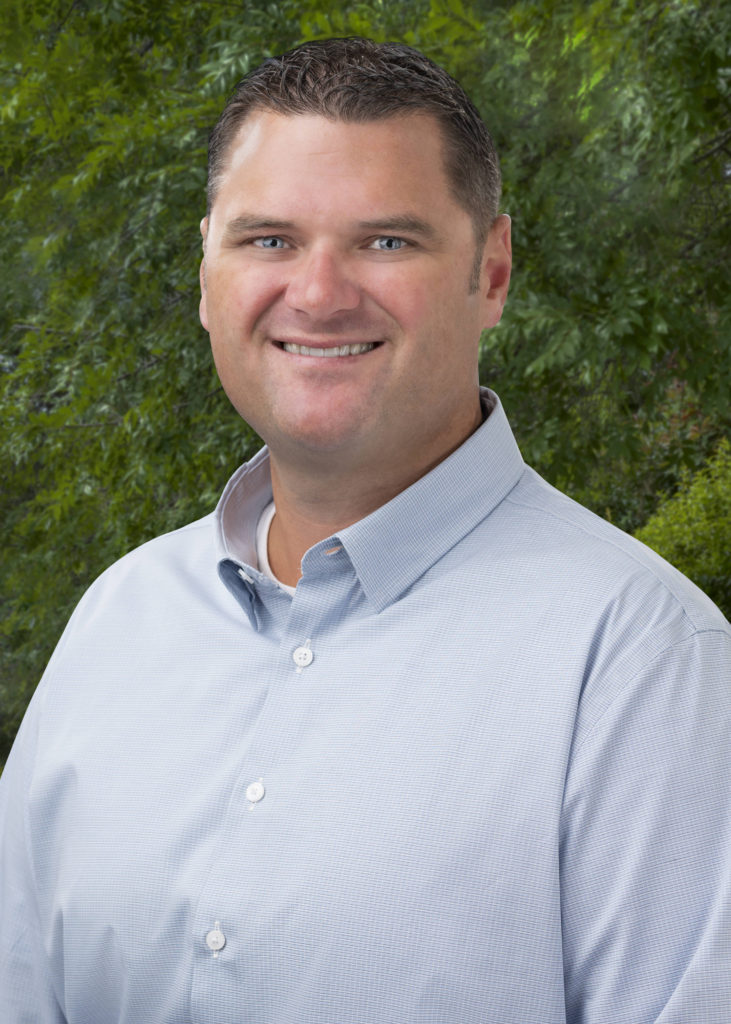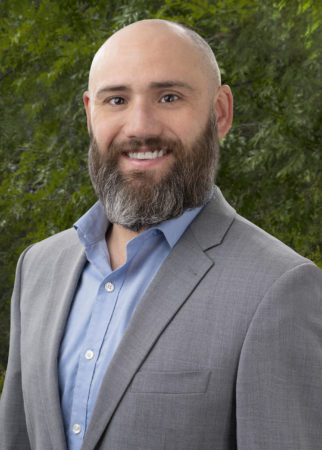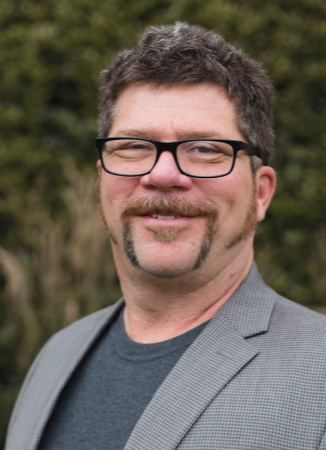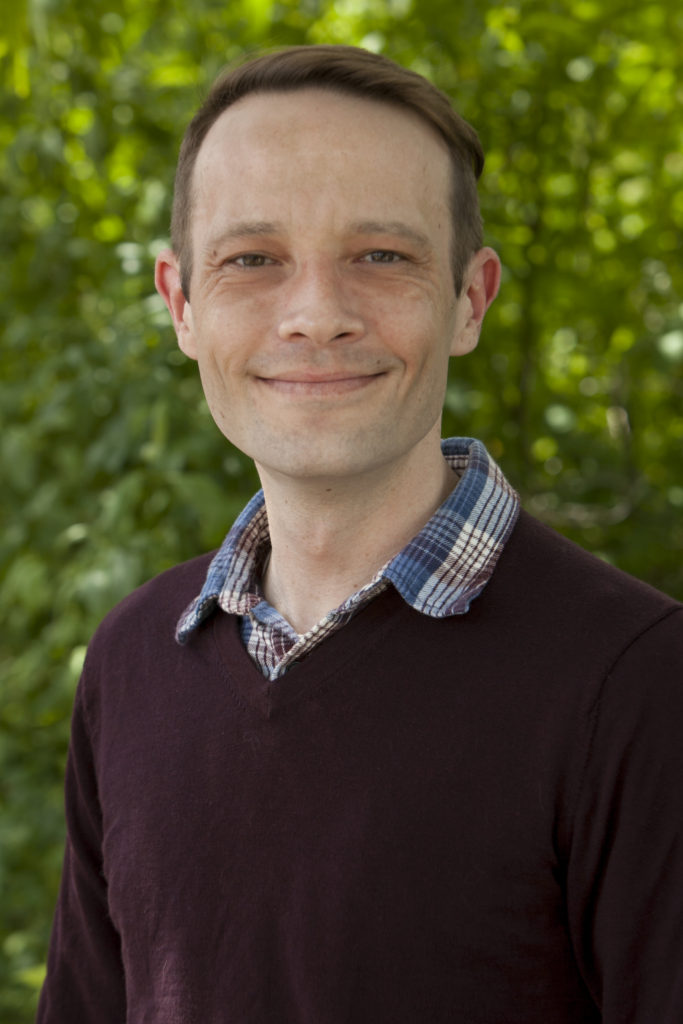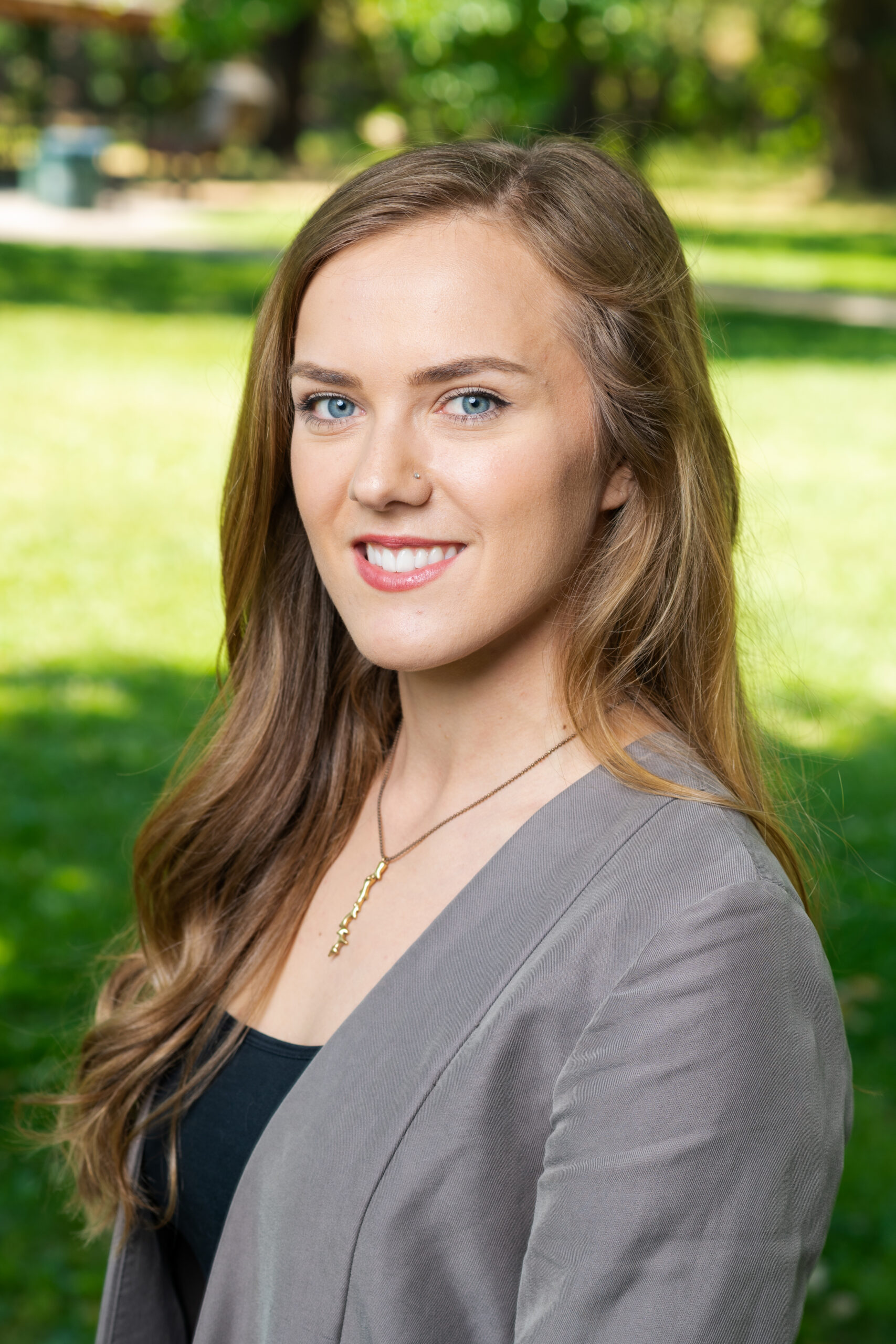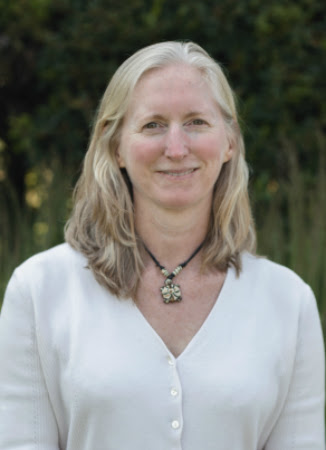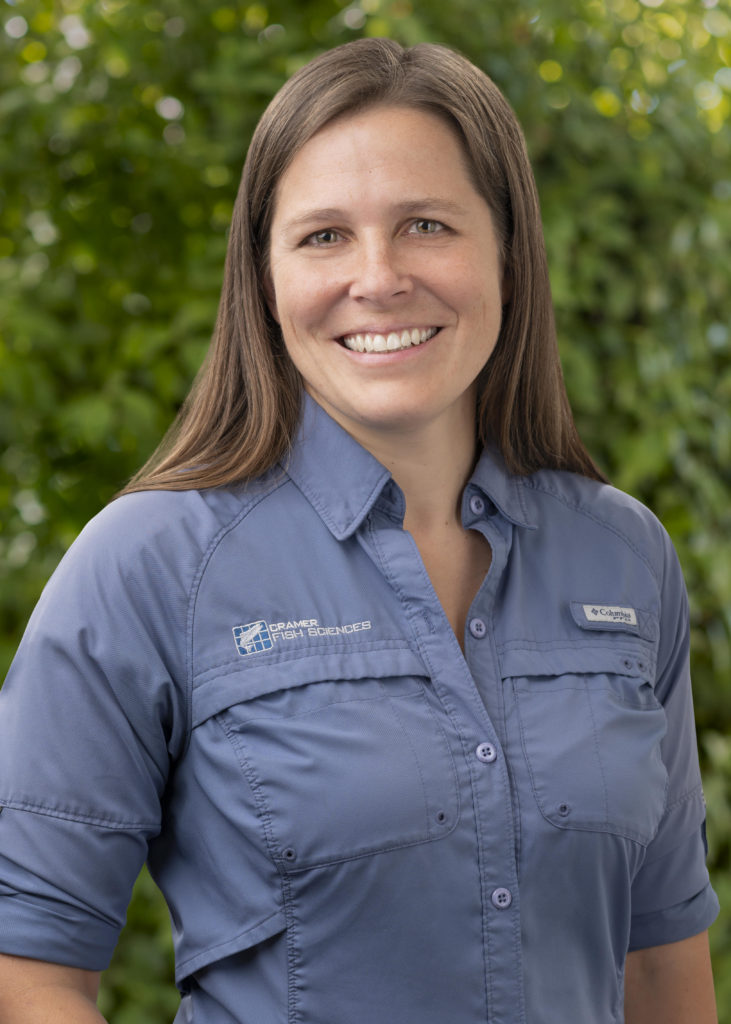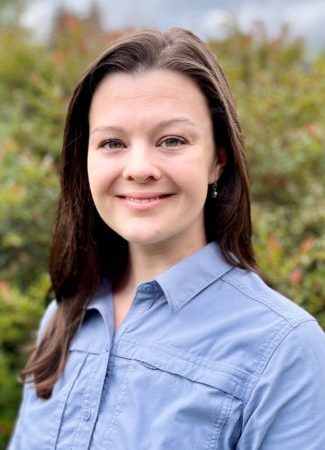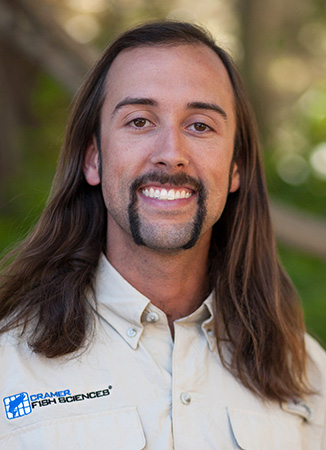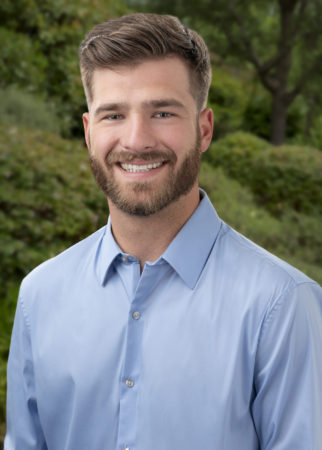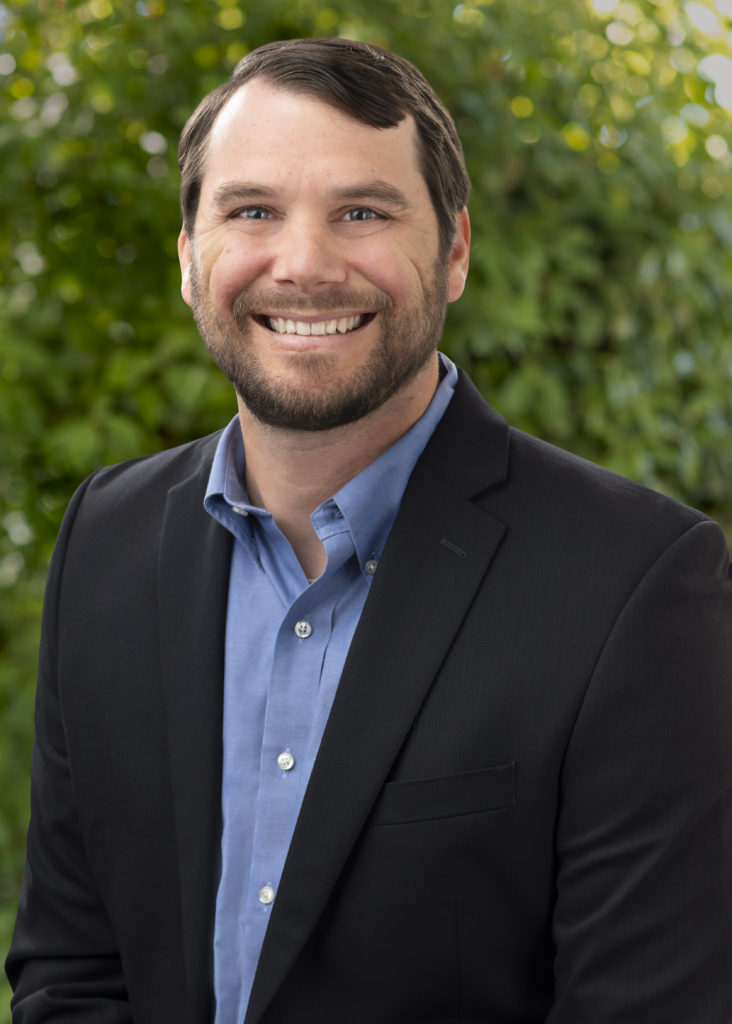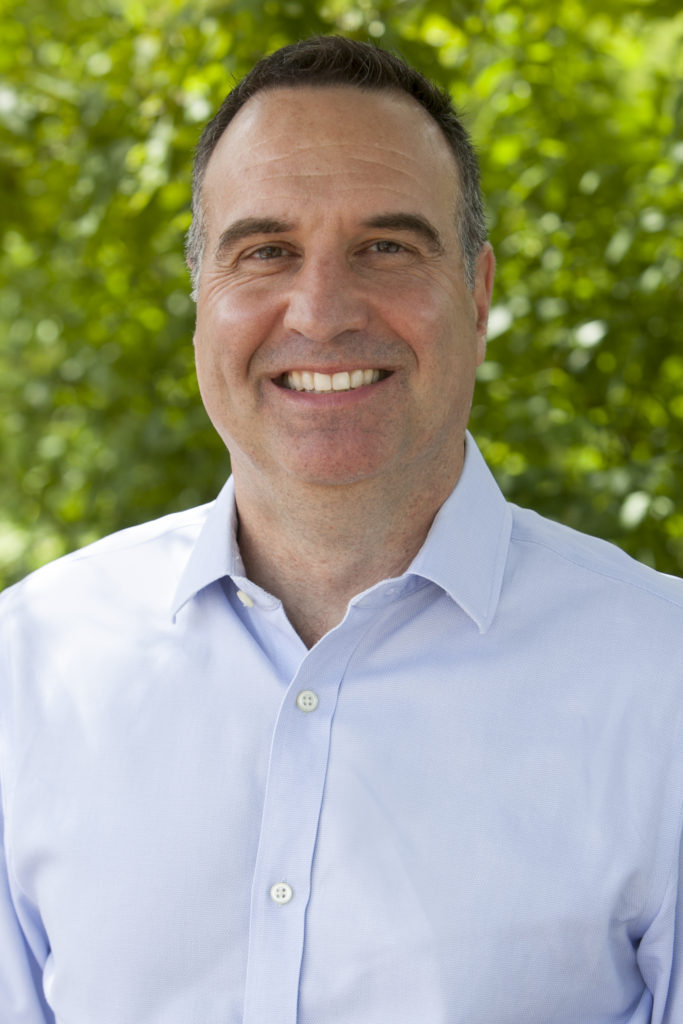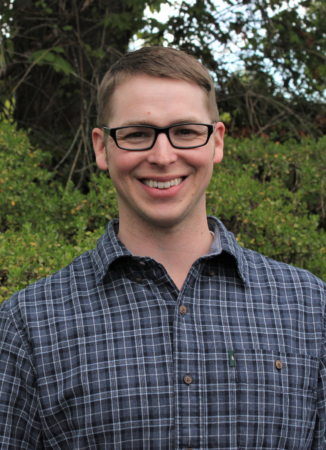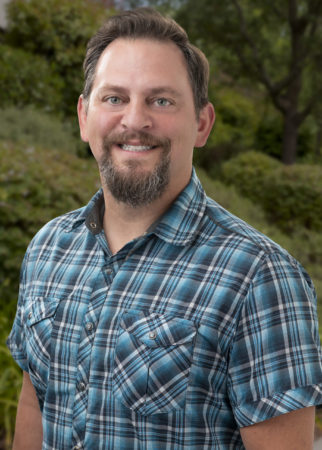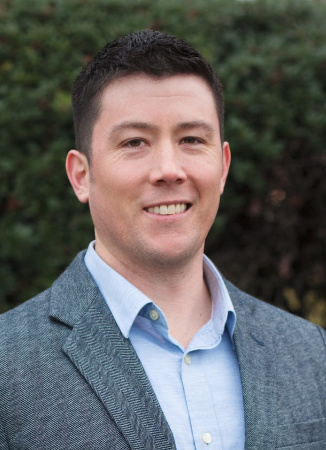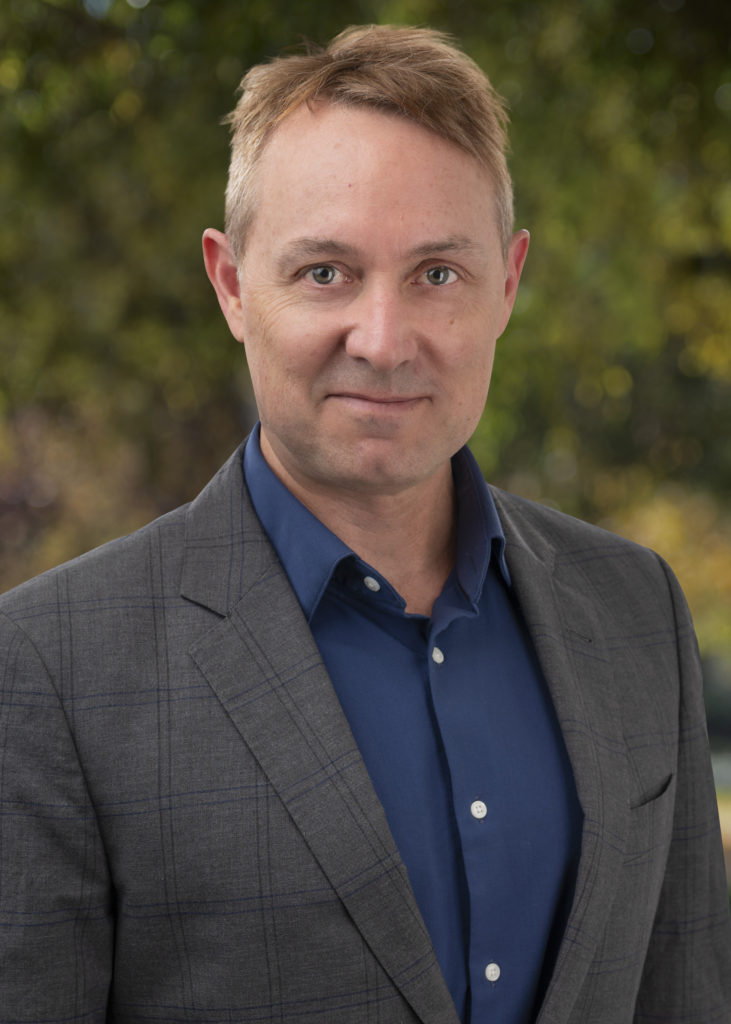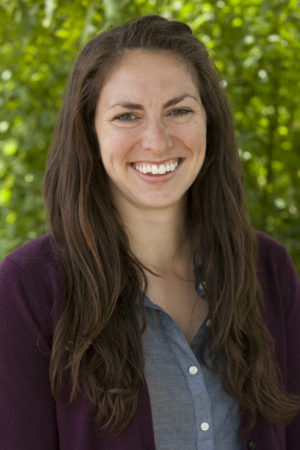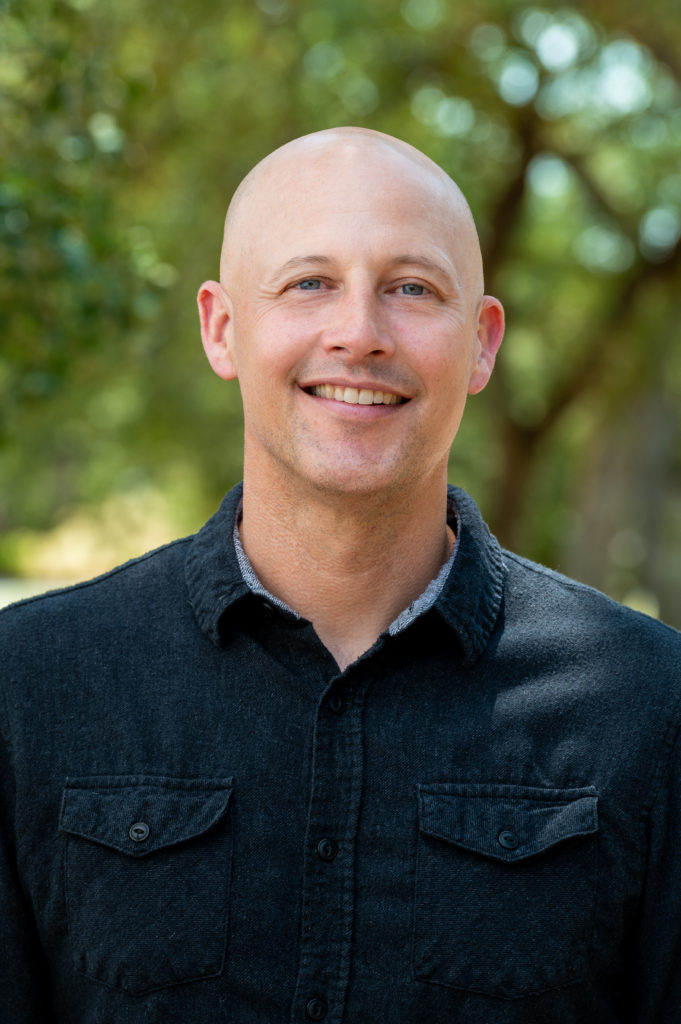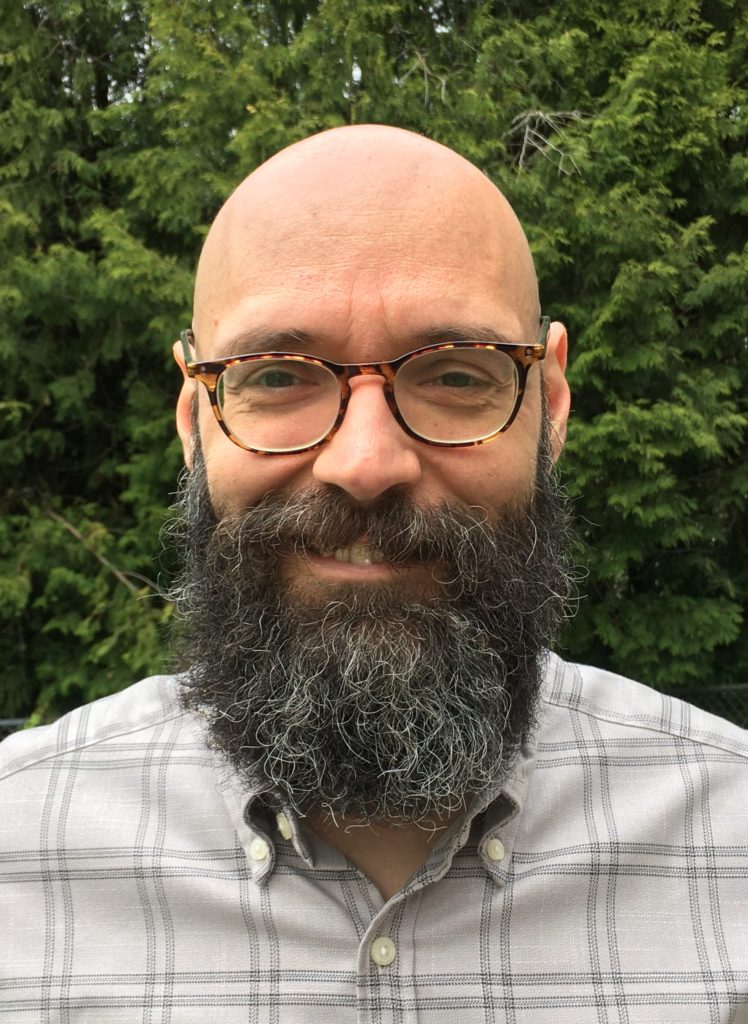
Alex Constandache, Ph.D.
Senior Biometrician
B.S. Physics; Ph.D. Physics
Phone: (530) 240-6365
Auburn, California
Alex spent the past 17 years working as a physicist, software engineer and data scientist. As a physicist, he worked on nonlinear dynamical systems and wrote computational fluid dynamics software for astrophysical simulations. As a software engineer, he worked on information indexing and retrieval systems (search engines). As a data scientist he developed and deployed analytics pipelines for performing statistical analysis, optimization and forecasting, based on large data sets, in various domains, such as e-commerce, advertising and finance.
His interests lie in the areas of Bayesian inference and Markov chain Monte Carlo methods. He has experience applying such methods to causal inference, synthetic counterfactual analysis, and stochastic optimization and control problems.
Selected Publications
Constandache, A., Bari, O., Forecasting a Stock’s Remaining Intraday Volume, 2018 First International Conference on Probabilistic Programming PROBPROG 2018.
Ulicny, B., Constandache, A., Cunningham, J., Traub, M., Yu, K., Azeglio, C., Saito-Varadi, M., 2016. Thomson Reuters and the FEIII challenge. Proceedings of the Second International Workshop on Data Science for Macro-Modeling, DSMM@CIKM 2016.
Constandache, A., Das, A., Popowicz, Z. 2003 A Benney-like lattice. Czechoslovak journal of physics.
Constandache, A., Ashok Das, and F. Toppan. 2002 Lucas polynomials and a standard Lax representation for the polytropic gas dynamics. Letters in Mathematical Physics.
Brunelli, J. C., Constandache, A., Das, A. 2002 A Lax equation for the non-linear sigma model. Physics Letters B.
Barcelos-Neto, J., Constandache, A., Das A. 2000 Dispersionless fermionic KdV. Physics Letters A.
 (888) 224-1221
(888) 224-1221 Locations
Locations